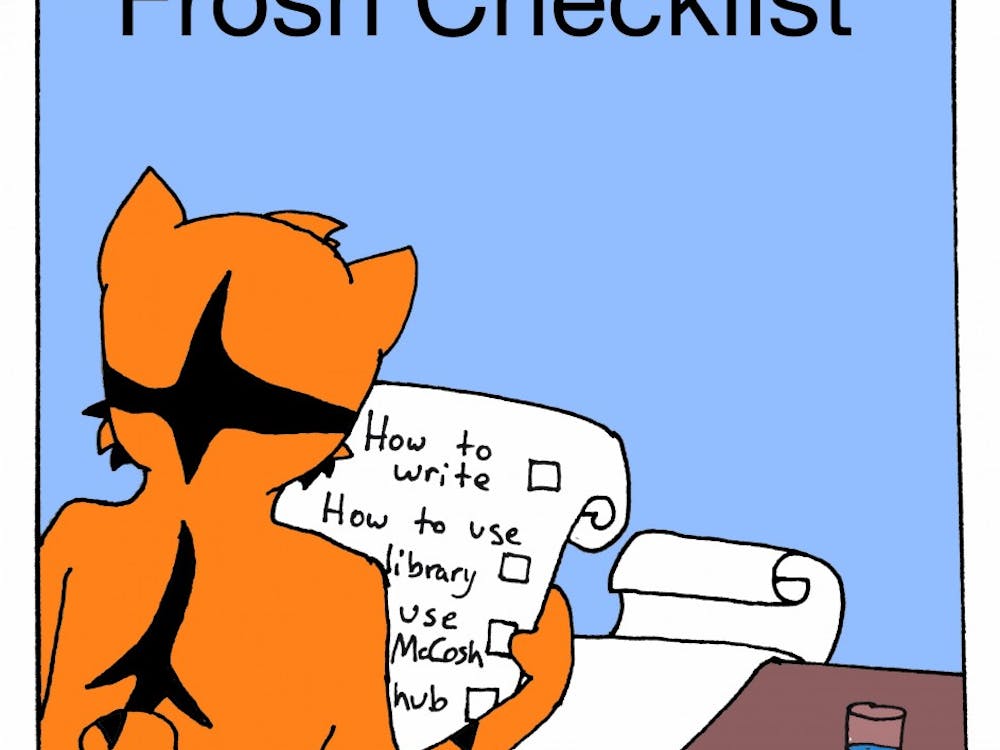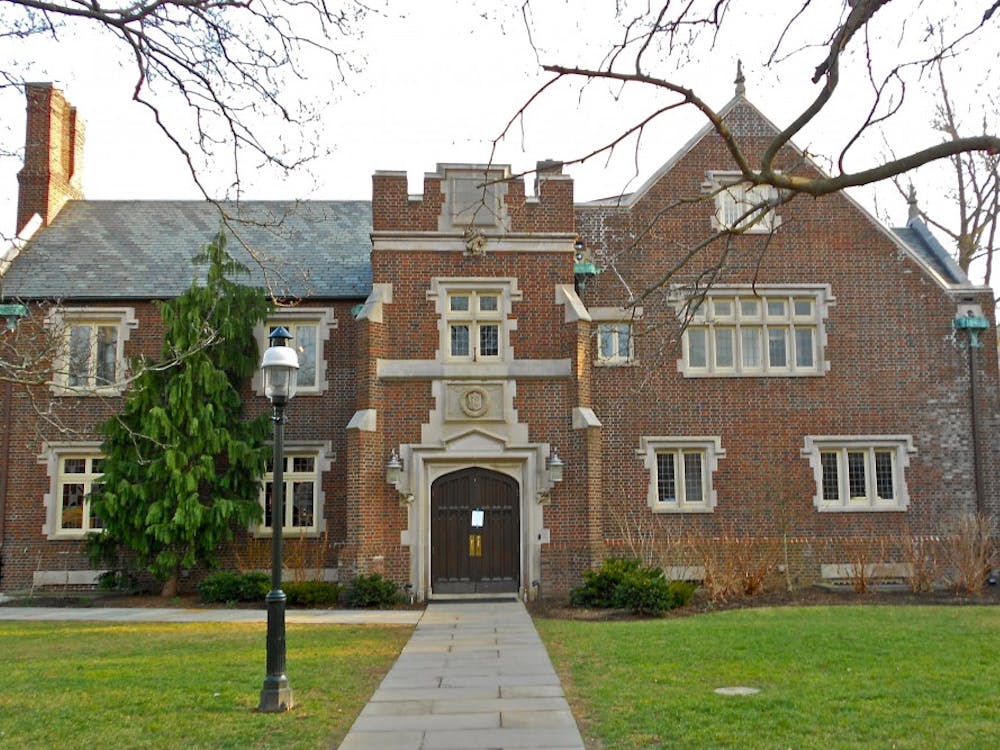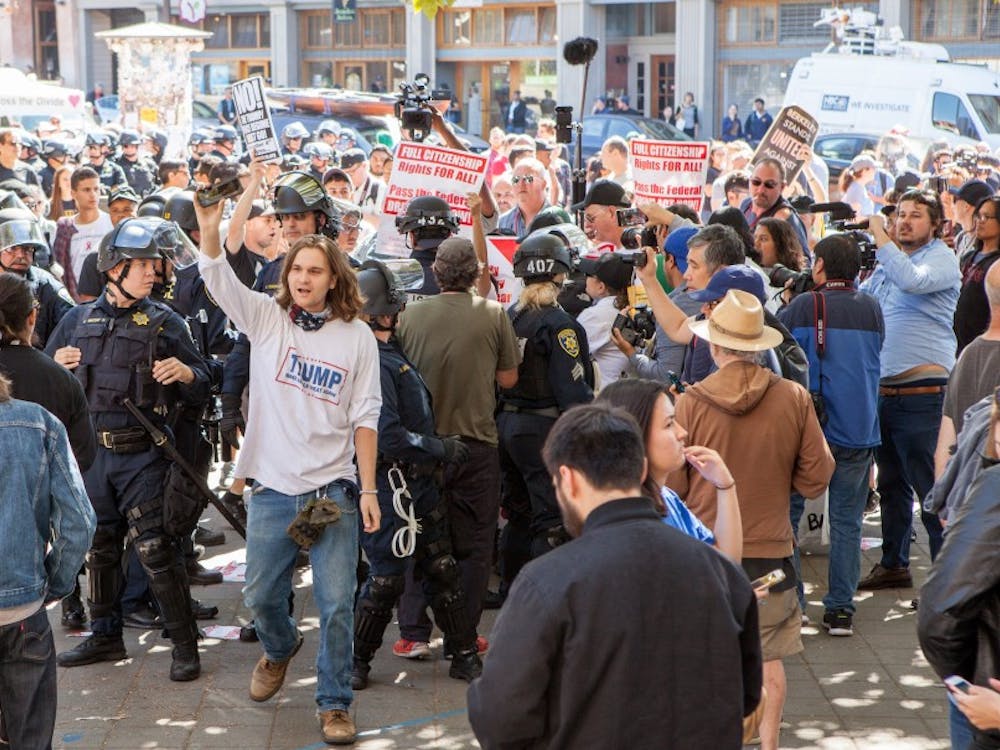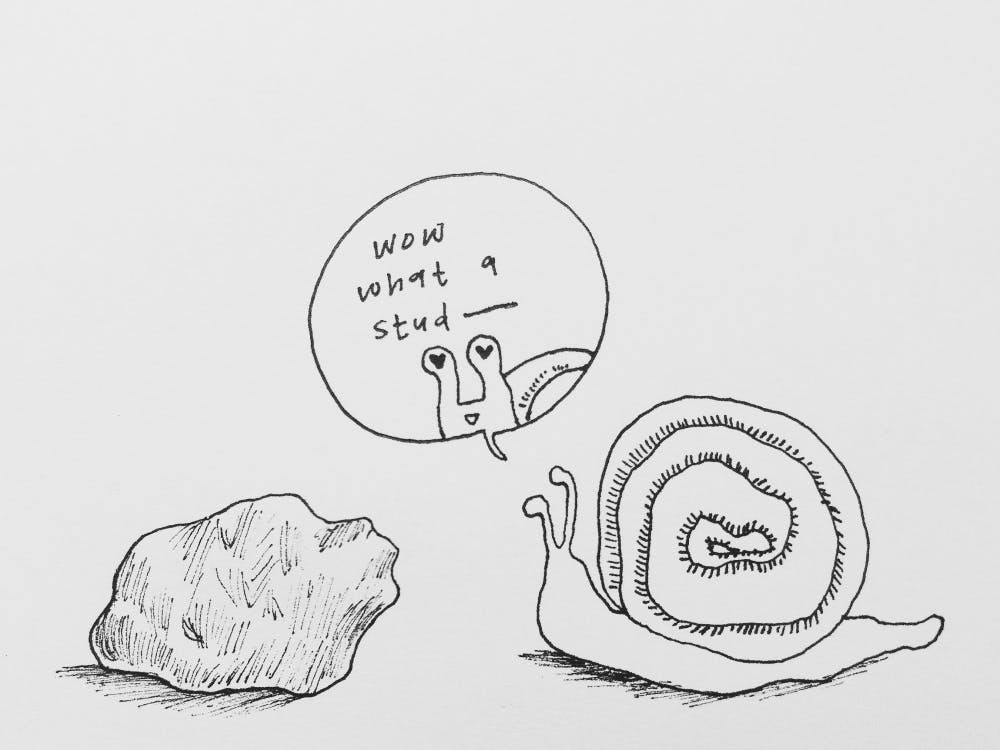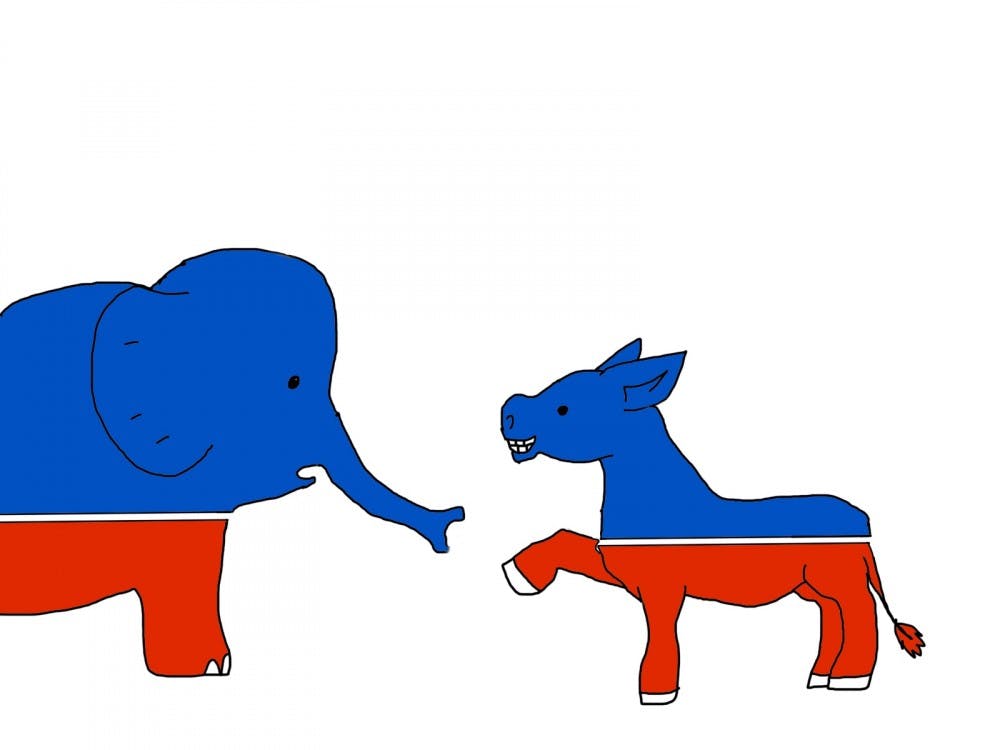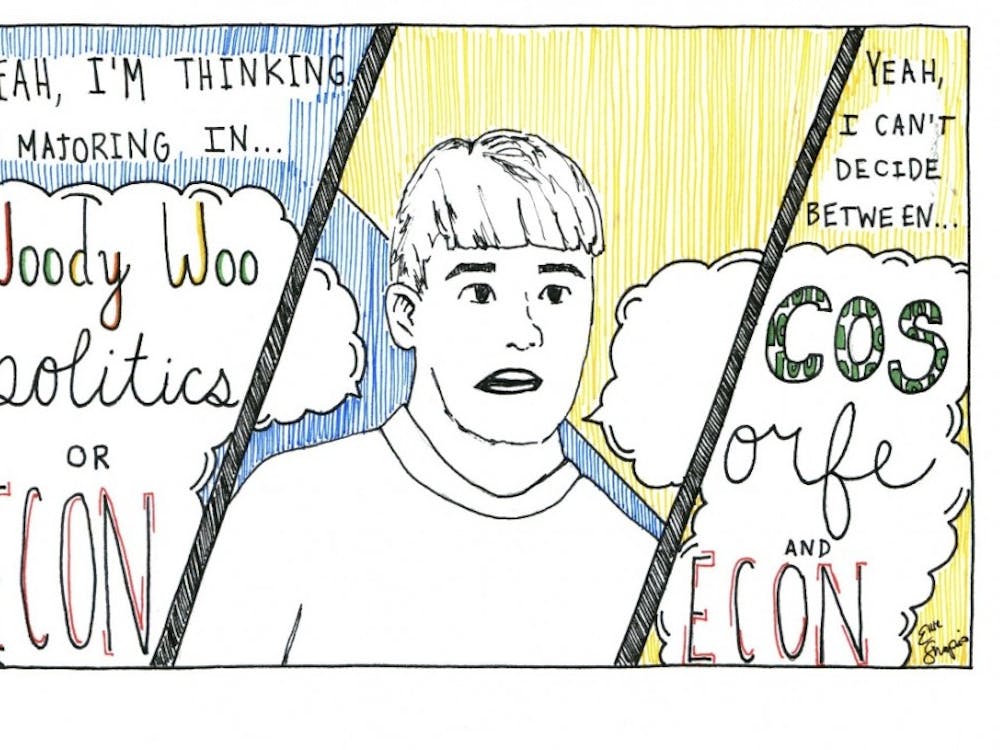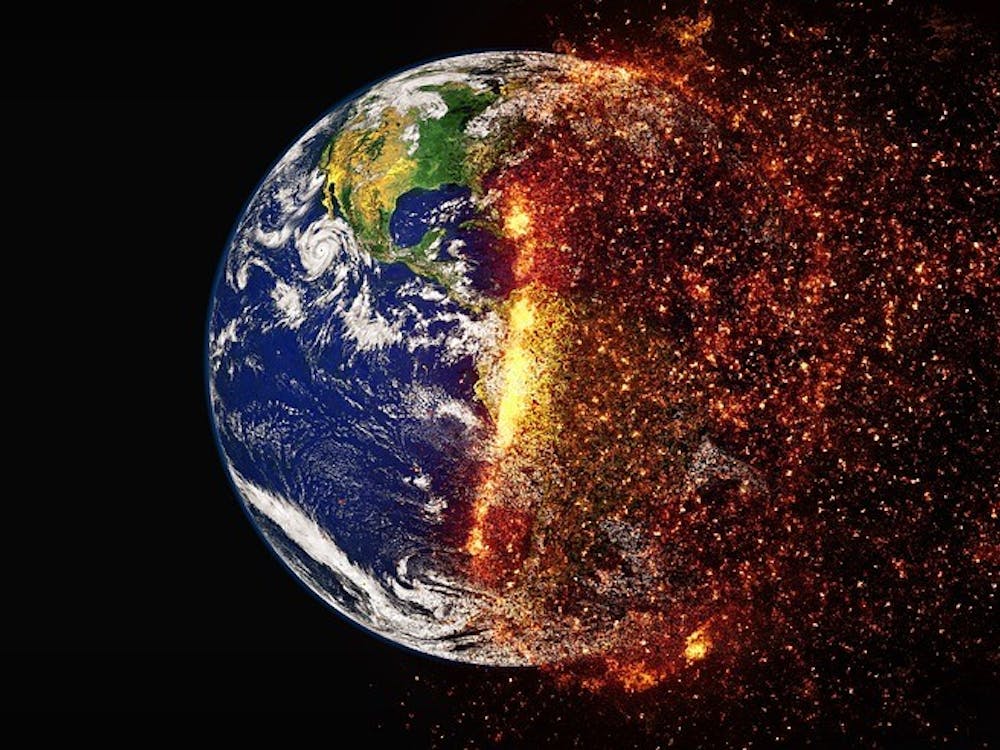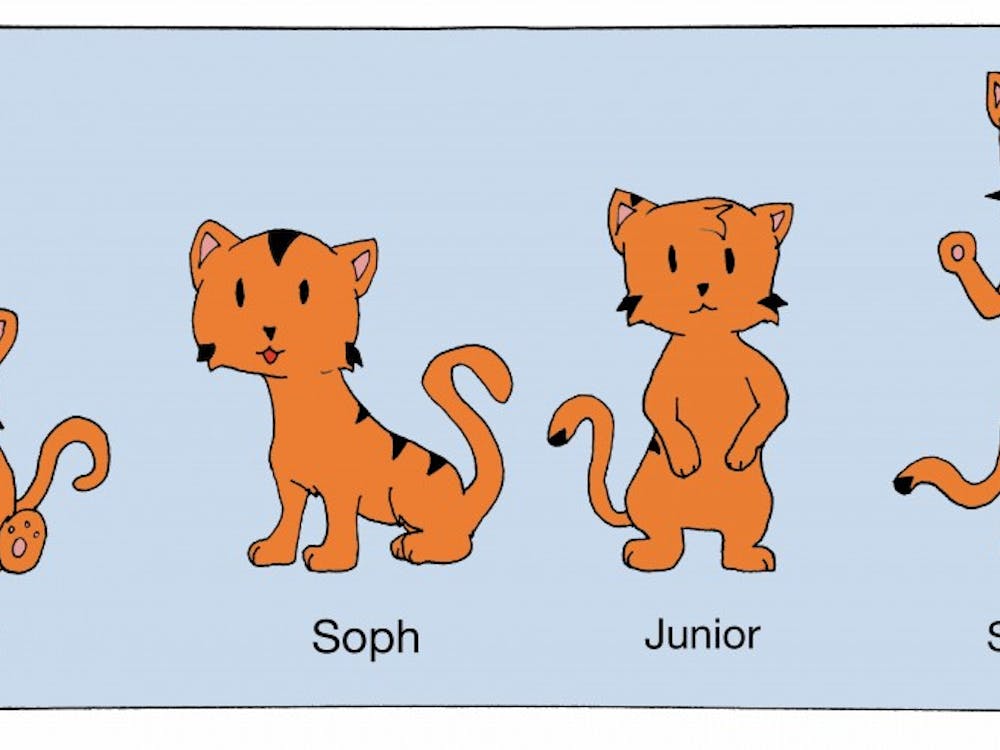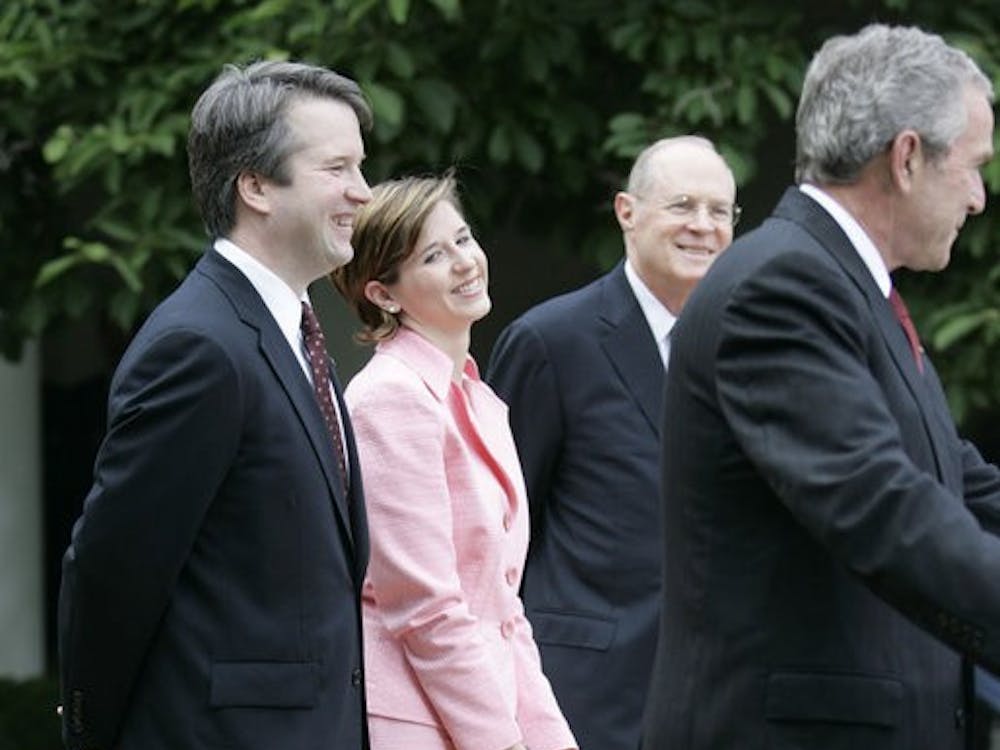Sorry really is the hardest word
Leora EisenbergEvery year, when Yom Kippur, the Jewish Day of Atonement, rolls around, I find myself staring at a list of people I’ve offended. It takes me hours to put it together; I go through my phone contacts, Facebook, and even class rosters to mark everyone I’ve annoyed, hurt, or disappointed. The process has become automatic at this point, but it’s nonetheless unpleasant. I don’t enjoy being reminded of all the times I’ve screwed up.








